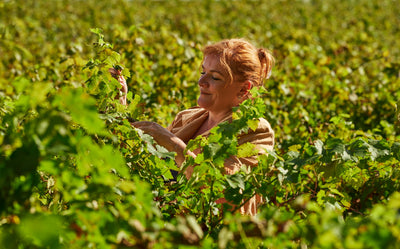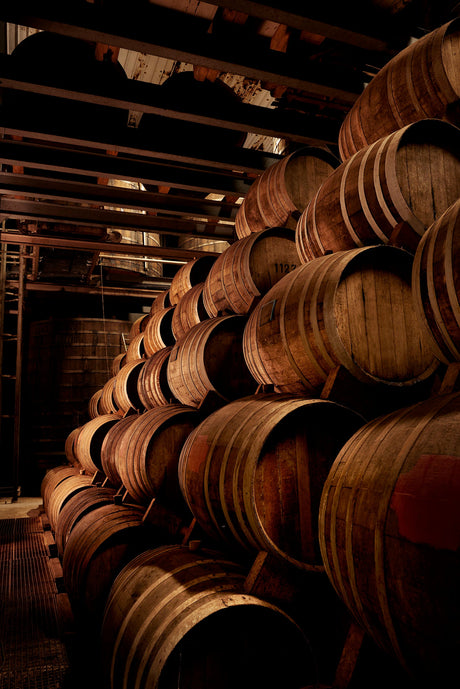The Diversity of the French Vineyards
Click on the regions below to discover how they bring their specificities to the complex and diverse aromatic notes of the St-Rémy brandies.
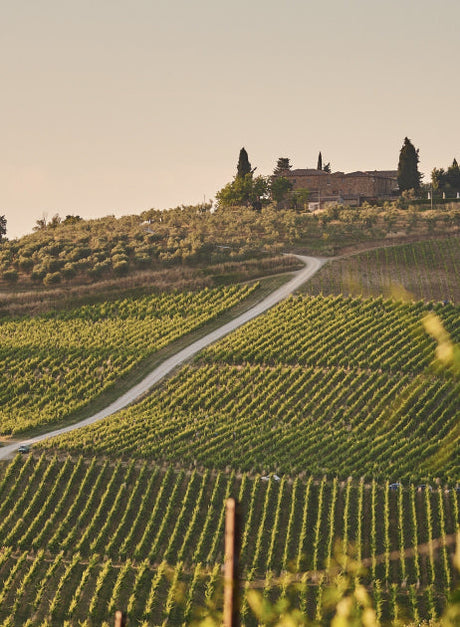
-
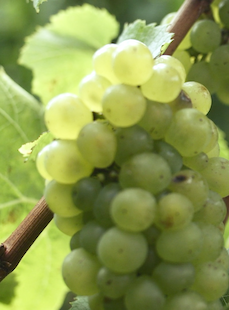



Loire Valley
St-Rémy's region of origin: a primarily white wine region, known for making both dry and sweet, still and sparkling wines.- Climate
- Temperate and mild climate, eased by the Loire River
- Soils
- Wide range of soils and subsoils, mainly clay, sand and chalky tuffeau stone
- Grape varietals
-
- Sauvignon Blanc
- Chenin
- Gamay
- Cabernet Franc
- Grolleau
- Types of eaux-de-vie
- Sweet and subtle eaux-de-vie, with fruity and floral flavours, and generous pear notes.
-
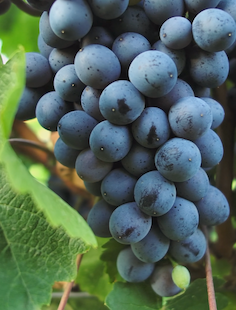



Champagne
Famous for its sparkling wine of the same name, we don't need to present the Champagne region anymore!- Climate
- Cool continental climate
- Soils
- Chalk soil, absorbing the heat from the sun and gradually releasing it at night
- Grape varietals
-
- Chardonnay
- Pinot noir
- Pinot Meunier
- Types of eaux-de-vie
- Powerful yet smooth eaux-de-vie, with quince and fresh vegetal notes
-
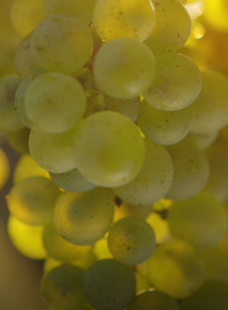



Burgundy
This region may be small in size, but its influence is immense in the wine world.- Climate
- Semi continental, with a real difference between summers and winters
- Soils
- Jurassic soils made of limestone
- Grape varietals
-
- Chardonnay
- Pinot noir
- Types of eaux-de-vie
- Ample and complex eaux-de-vie, with an intense aromatic pallet of white and exotic fruits
-




Languedoc-Roussillon
Welcome to the wine lake! The largest region in terms of vineyard surface and production.- Climate
- The hottest and most arid region of France, with a dry Mediterranean climate
- Soils
- Great soil diversity: chalk, limestone, gravel-based soils inland, and more alluvial soils near the coast
- Grape varietals
-
- Syrah
- Grenache (red and white)
- Cabernet Franc
- Ugni Blanc
- Carignan
- Types of eaux-de-vie
- Light eaux-de-vie with notes of yellow fruits, bringing refinement and delicacy
-
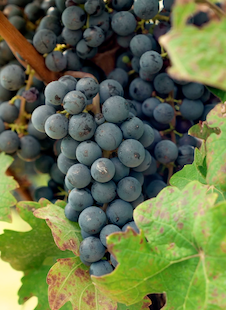



Bordeaux
One of the most renowned French wine regions, known for its red wines and Châteaux.- Climate
- Oceanic climate, with a warm summer but not dry season
- Soils
- Limestone soil, heavy in calcium, with areas of gravel, sandy stone and clay
- Grape varietals
-
- Merlot
- Cabernet Sauvignon
- Cabernet Franc
- Sémillon
- Types of eaux-de-vie
- Smooth, silky and velvety eaux-de-vie with intense plum notes
